The Nikon Zfc has officially arrived in all its retro glory, with the mirrorless camera sporting a vintage design that harks back to the glory days of Nikon film cameras during the 1980s.
A compact, beginner-friendly camera that's effectively a redesigned version of the current Nikon Z50, the Nikon Zfc adopts similar looks to rivals like the Fujifilm X-T30 and Olympus OM-D E-M10 Mark IV – and if you're a fan of that look, the Zfc could well be a strong rival to those cameras.
Nikon's mirrorless cameras have largely been full-frame affairs, such as the Nikon Z6 II, which are aimed at experienced hobbyists or professionals. But, like the Nikon Z50, the Nikon Zfc is a more accessible affair, using a smaller DX-format sensor (Nikon's name for APS-C sensors) that makes it compact and relatively affordable.
- These are the best mirrorless cameras you can buy right now
- Or check out our guide to the world's best cameras
- Read our in-depth Nikon Z50 review
Beneath its retro skin – which Nikon says is inspired by the Nikon FM2 SLR from 1982 – the Nikon Zfc is almost identical to the current Nikon Z50, offering the same 20.9MP DX sensor, Expeed 6 processor and autofocus performance.
But there are a few key differences too. The Nikon Zfc gets a vari-angle touchscreen, which differs from the tilt-only display seen on the Z50, and will be ideal for vlogging. The new camera also has a USB-C port for charging on the go, plus a range of dedicated control dials, including ones for shutter speed, ISO and exposure compensation.
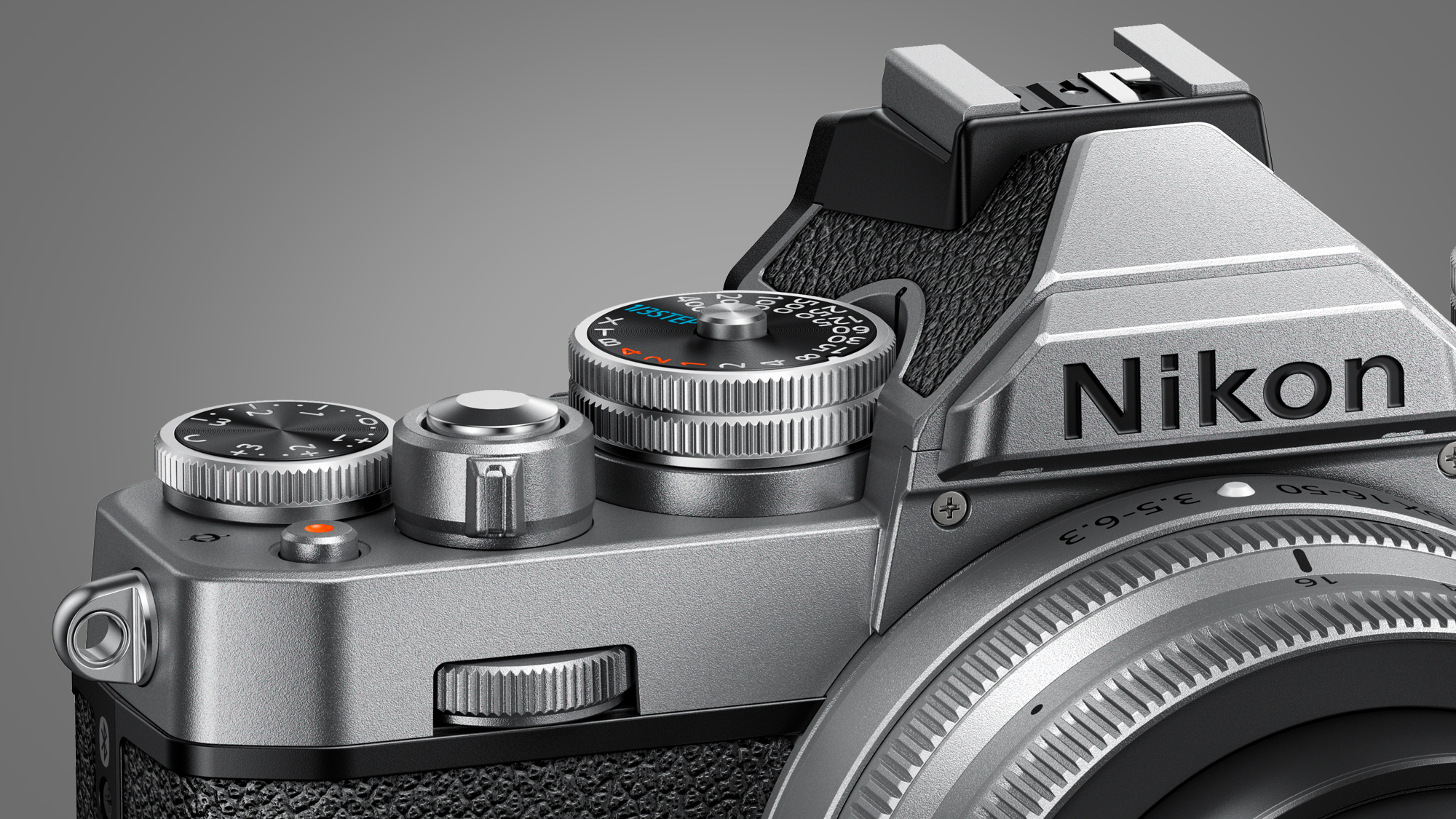
To celebrate the Zfc's vintage looks, Nikon is also releasing two new lenses with similar retro styling. The Nikkor Z DX 16-50mm f/3.5-6.3 VR Silver Edition is, as the name suggests, a restyled version of the existing Z-series kit lens, which we've found to be an excellent companion for the Nikon Z50.
There's also a new Nikkor Z 28mm f/2.8 SE prime lens aimed at street photographers, which again is inspired by lenses from the Nikon FM2 era. This offers an equivalent 42mm focal length in full-frame terms, making it a strong candidate for portrait and still-life shooting too.
That's the in-a-nutshell summary of the Nikon Zfc, but what other features does it have, and how much will it cost? Here's everything we know about the exciting new mirrorless camera…
Nikon Zfc release date and price
The Nikon Zfc will be available to buy from late July in a variety of bundles. If you just want to buy the camera body-only, it'll cost $959 / £899 (around AU$1,655), but you can also buy it with different lenses, or in a lens kit with both wide-angle and telephoto zooms.
The ideal kit for street photographers will likely be the Nikon Zfc with the new Nikkor Z 28mm f/2.8 SE prime lens, which together will cost $1,199 / £1,129 (or around AU$2,075). If you'd rather go for the Zfc with the Nikkor Z DX 16-50mm f/3.5-6.3 VR lens, that kit will set you back $1,099 / £1,039 (about AU$1,910).
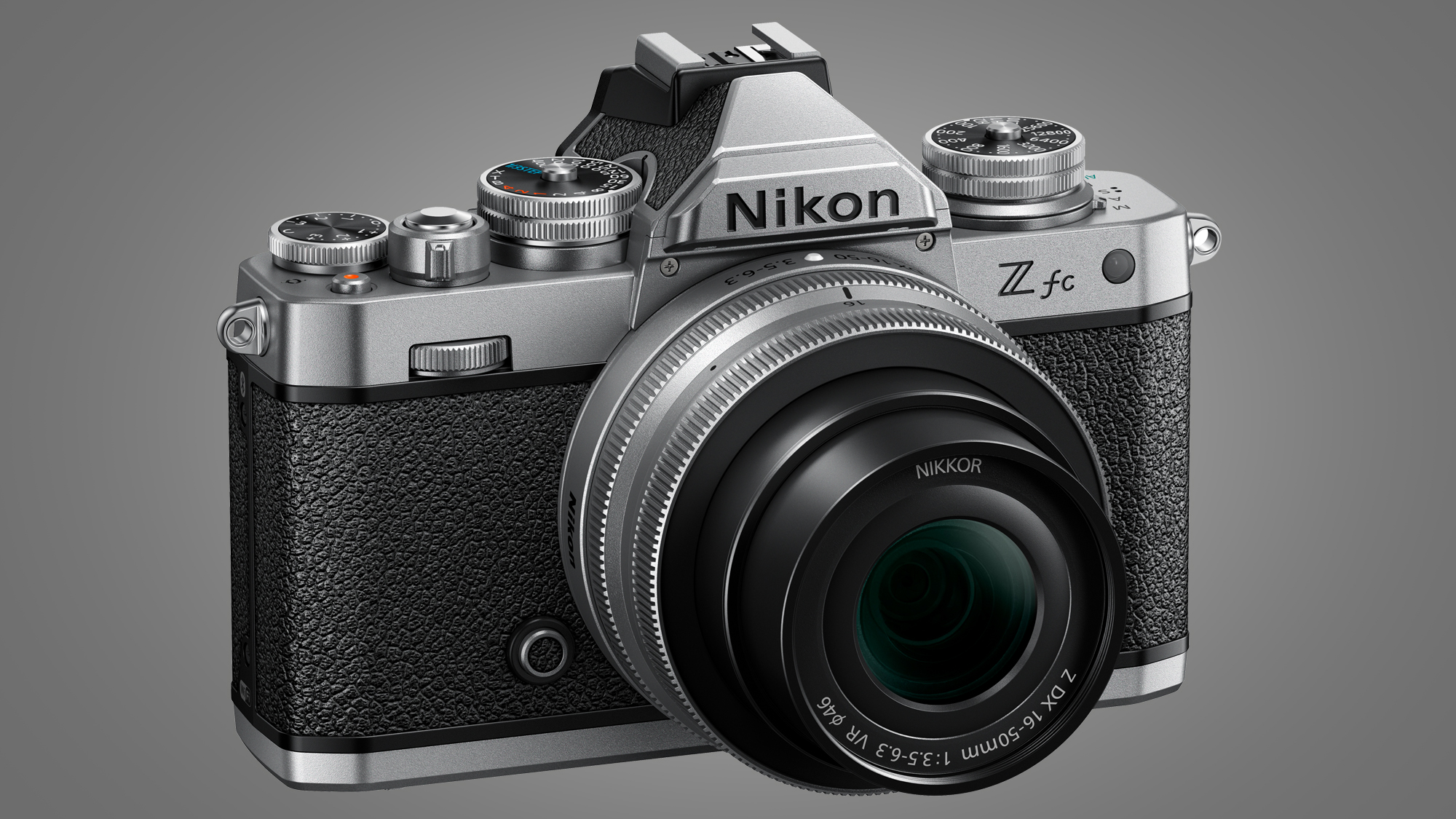
Finally, those who are starting from scratch and want maximum versatility will have the option of buying the Nikon Zfc with both the 16-50mm f/3.5-6.3 VR and a Nikkor Z DX 50-250mm f/4.5-6.3 VR for £1,249 (around $1,740, AU$2,300).
That pricing compares pretty favorably to the Nikon Zfc's closest rivals – the Nikon Z50, which will remain on sale, is now available for slightly less than its original body-only launch price of $850 / £849 AU$1,399, while the older Fujifilm X-T30 (which looks very similar to the Nikon Zfc), currently costs $799 / £849 / AU$1,059.
The Nikon Zfc is, then, in the mix for the title of best camera under $1,000 and best beginner camera. We haven't yet spent enough time with the camera to judge where it deserves to be placed in those lists, but here's how it's shaping up on paper…
Nikon Zfc design
For those with a penchant for vintage film cameras, it's hard not to be charmed by the Nikon Zfc's design. It's inspired by the Nikon FM2 (below), a classic film camera from 1982 that the camera giant calls "a pivotal product in Nikon's history".
That's not hyperbole either – the Nikon FM2 inherited the genes of Nikon's classic F series (starting in 1959) but packaged them in a small, tough and compact body. It was a triumph of simplicity, featuring a fully mechanical shutter mechanism that was capable of fast 1/4000th of a second speeds.
Naturally, the Nikon Zfc features slightly more modern specs (see below), but the design means it offers a slightly different shooting experience to the otherwise similar Nikon Z50.
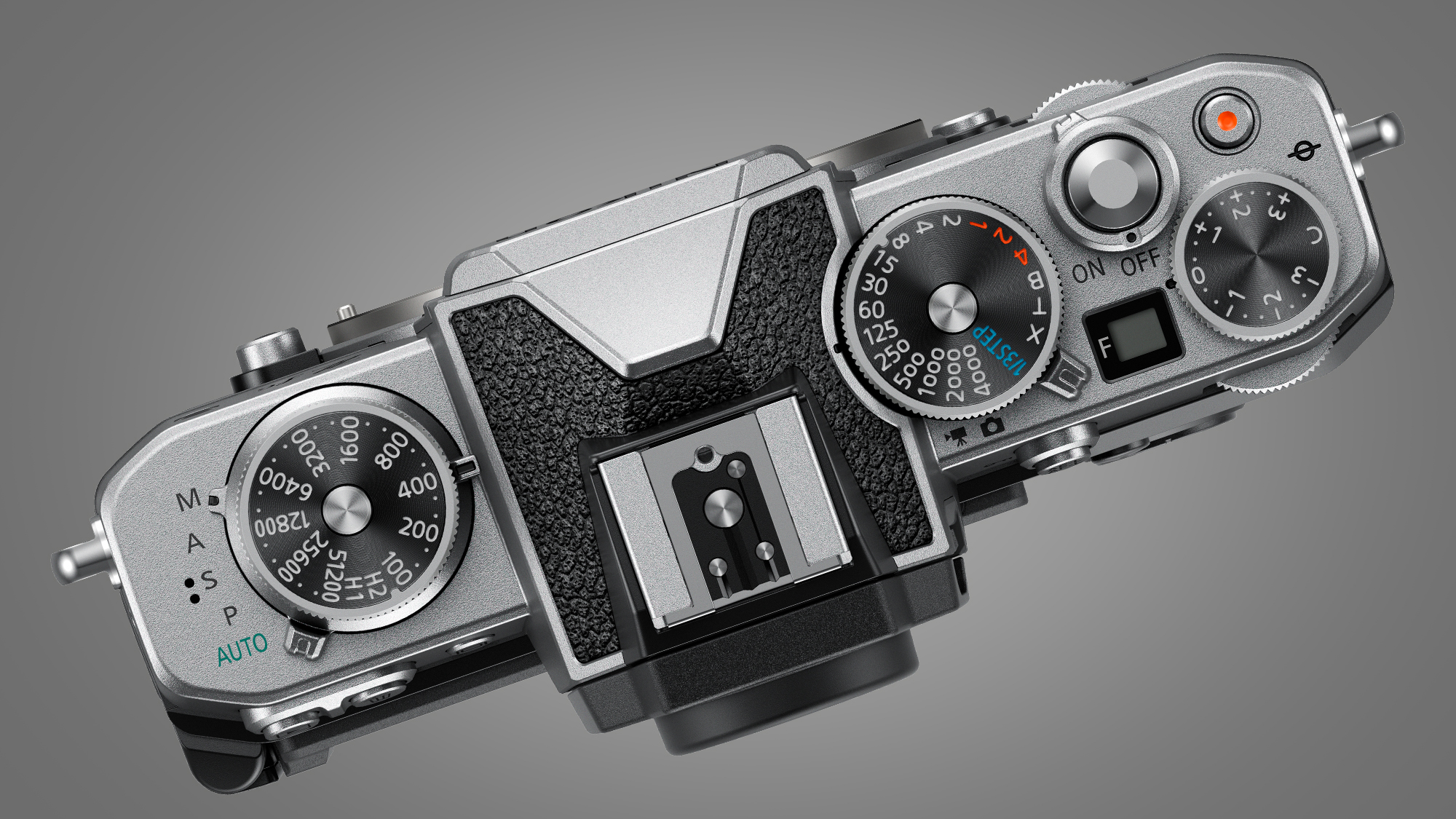
The Nikon Zfc's top plate features three dials (shutter speed, exposure compensation and ISO), and a small window that displays the aperture.
Like Fujifilm's X-series, this gives you a more manual shooting experience, and it also means the Zfc is the first Nikon Z-series camera that supports exposure compensation in 'Auto' mode, so you'll quickly be able to create effects like silhouettes by underexposing, without leaving the comfort of 'auto' mode.
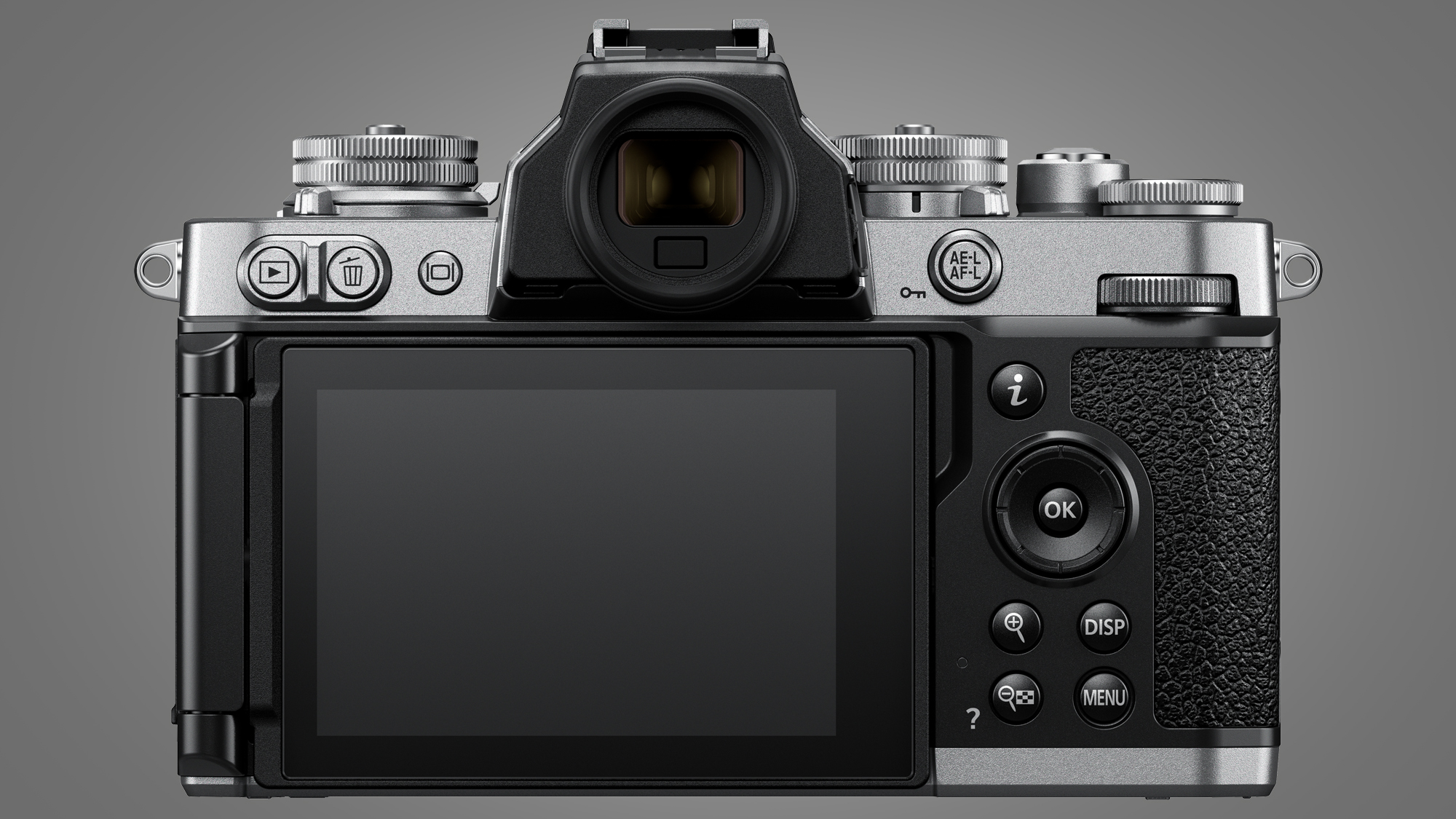
Alongside those dials, the Zfc also features a couple of smaller touches that are nods to the Nikon FM2. The electronic viewfinder has a circular eyepiece (unlike the more modern rectangular one on the Nikon Z50), while the logo on the front is straight from Nikon's 1970s-80s era.
While it lacks advanced weather sealing, which means you'll want to be careful about using the camera in the rain, the Zfc's magnesium alloy body should also ensure that it's tough enough to withstand some bangs and knocks.
- These are the best film cameras you can buy right now
Nikon Zfc specs and features
The Nikon Zfc is a mid-range mirrorless camera that has almost identical specs to the Nikon Z50, which arrived in October 2019.
While that might seem slightly disappointing, considering camera tech has moved on a fair bit in the last 18 months, the Zfc's specs remain very competitive at its price point – and we also remain fans of the Nikon Z50, aside from its dearth of native lenses (more on that later).
The Nikon Zfc is powered by a combination of a 20.9MP DX sensor and Nikon's Expeed 6 processor. While the latter is current, pricier Nikon mirrorless cameras like the Nikon Z6 II use dual Expeed 6 chips to support faster burst shooting and more powerful video features.
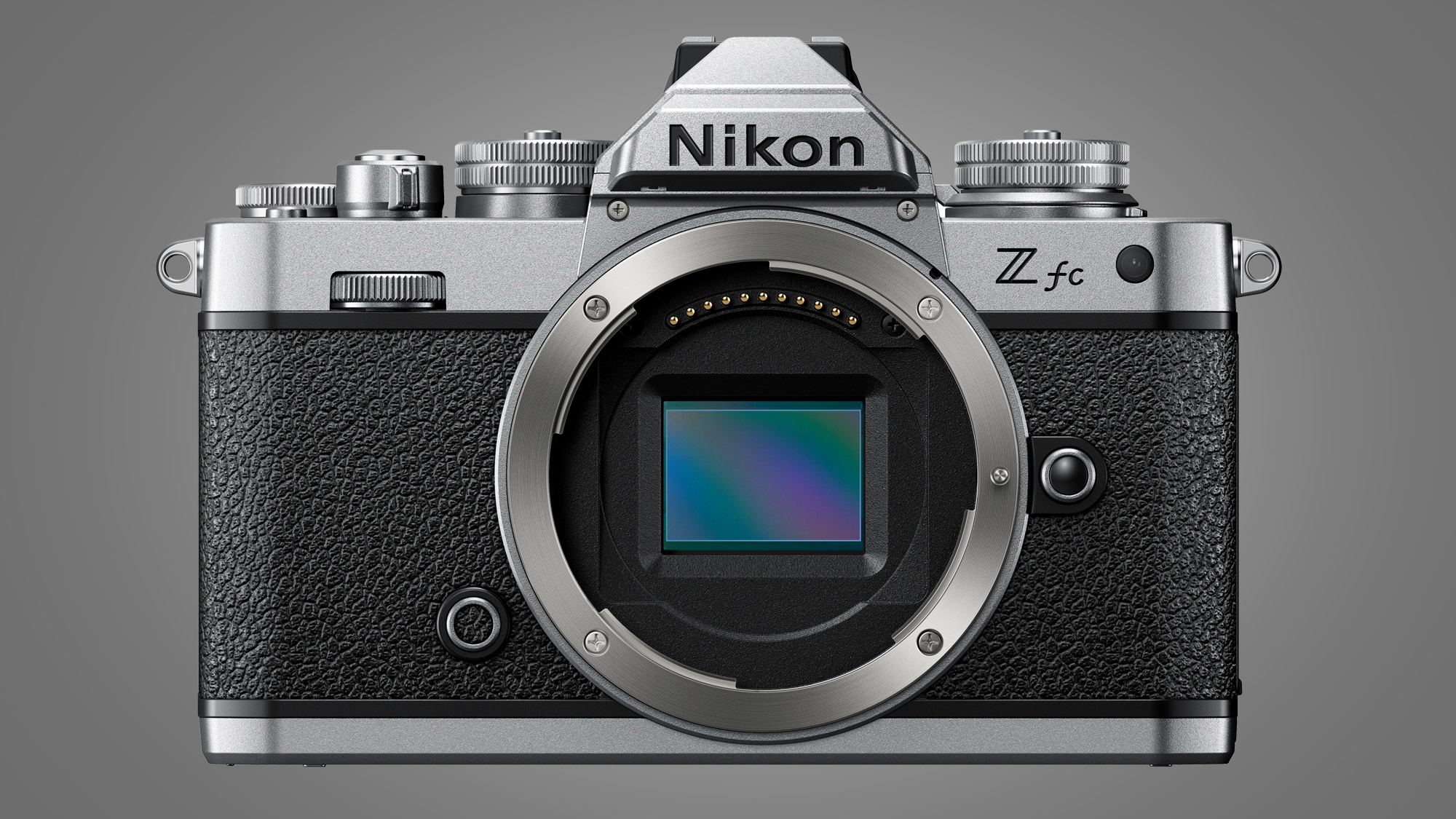
The Nikon Zfc certainly isn't a slouch in these departments, though, offering a maximum of 11fps continuous shooting and the ability to shoot 4K/30p video without a crop. However, it unfortunately still only accepts UHS-I memory cards, which means your buffer will fill up relatively quickly compared to cameras that accept faster UHS-II cards. If you're after a sports camera, there will likely be better choices than the Nikon Zfc.
Still, that isn't really the Zfc's target market, and as an all-purpose camera for shooting a mix of photos and video it's shaping up well. It has the same 0.39-inch, 2.36 million-dot viewfinder as the Z50 (fairly standard at this price), and Nikon's latest hybrid autofocus system, which serves up Eye-Detection AF for both humans and animals.
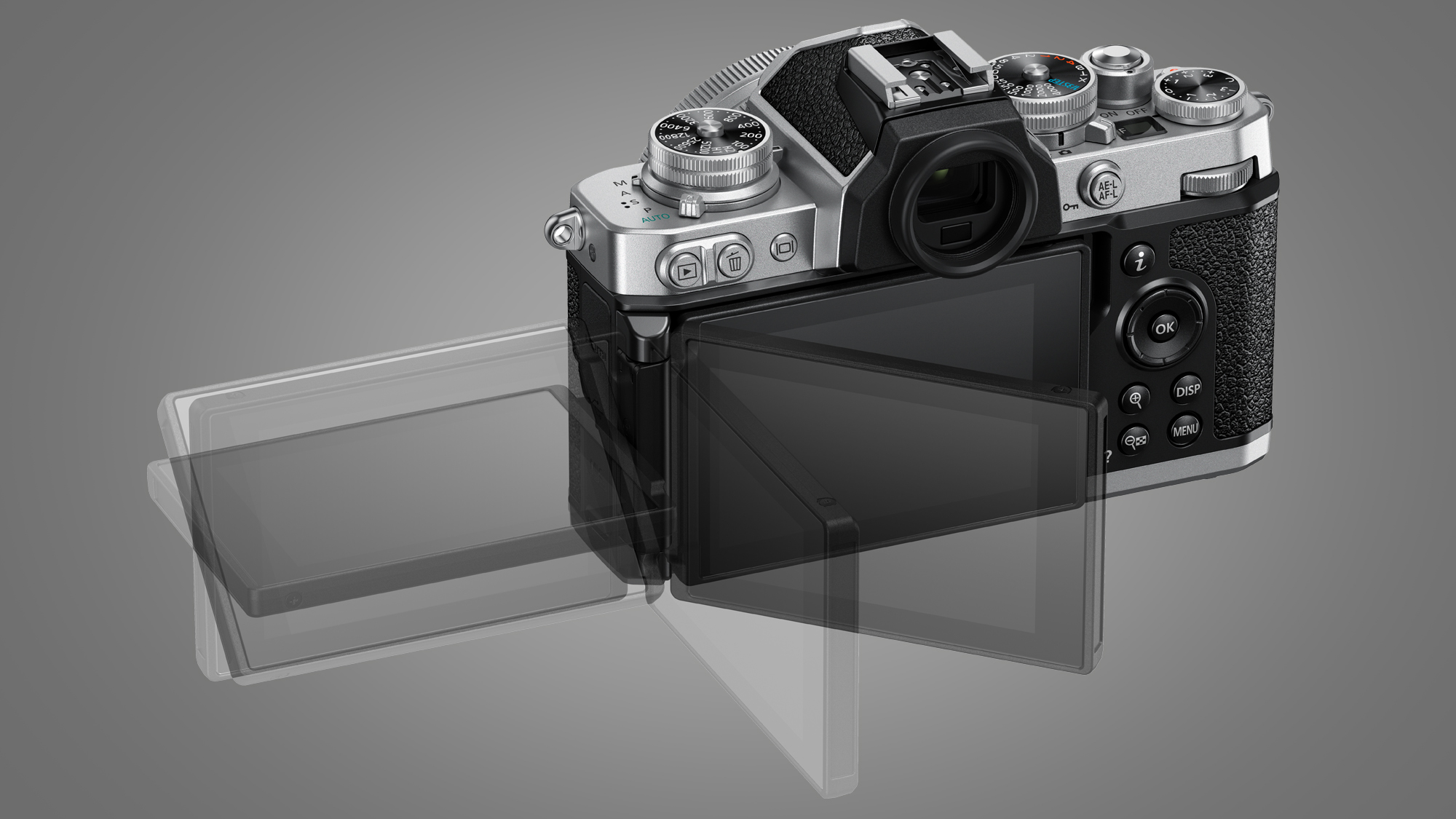
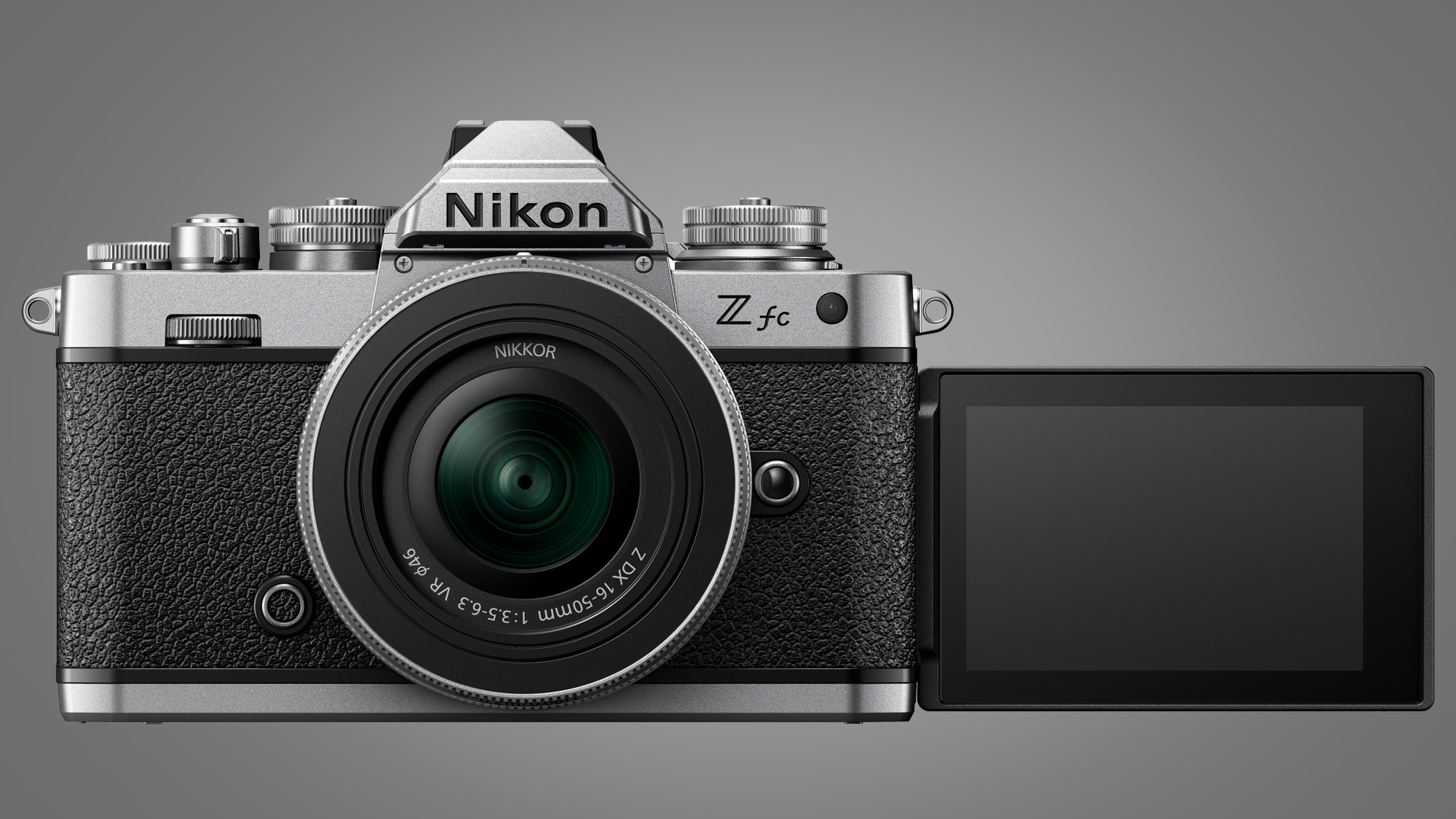
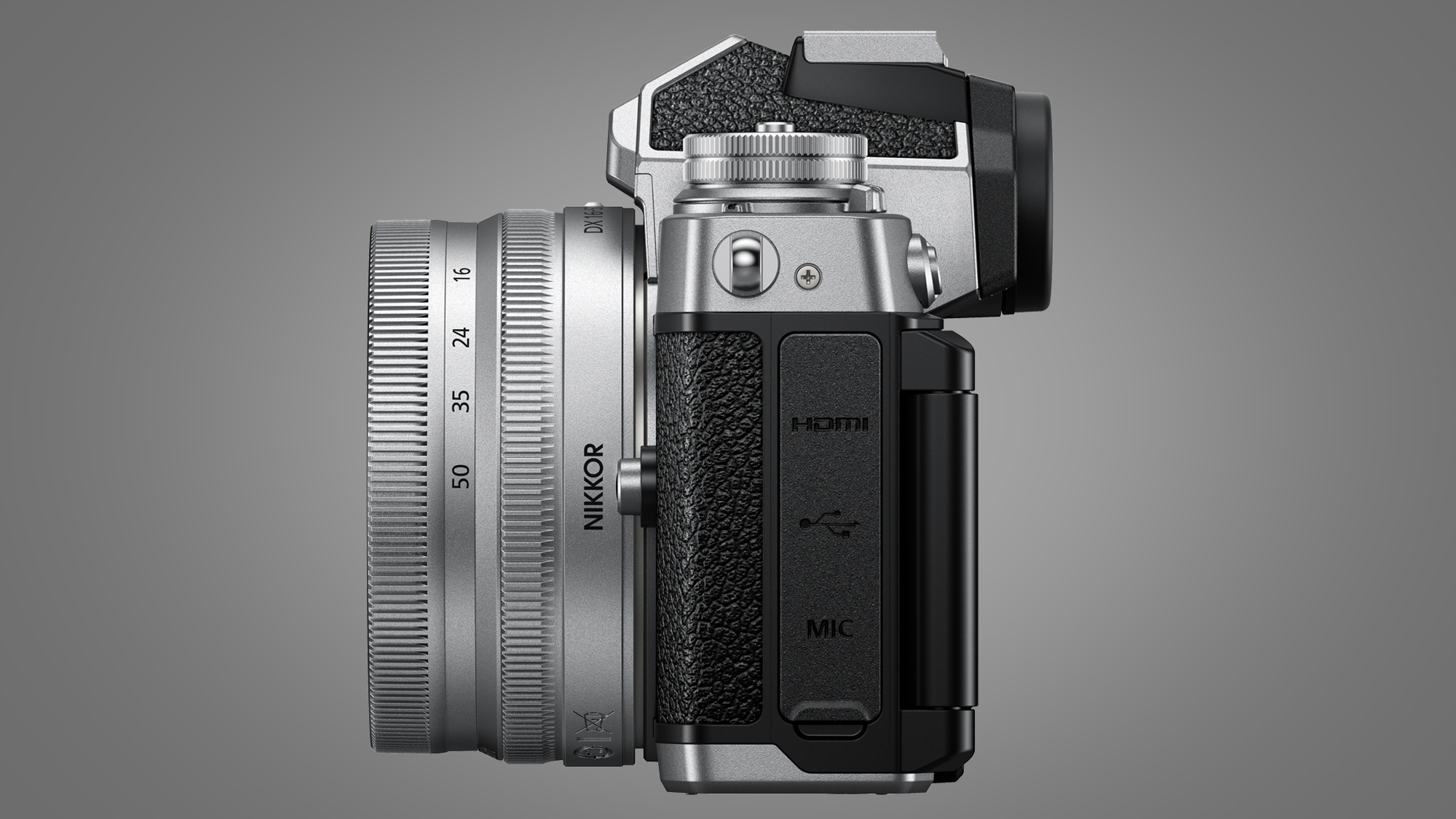
Aside from its design, the Nikon Zfc also delivers two main bonuses over the Nikon Z50. Rather than a tilting rear screen, it has a vari-angle display (the first on a Nikon Z-series camera) which rotates around to the front for those who want to shoot video or stills to camera.
The Zfc also has a USB-C port (rather than an older micro USB one), which supports direct charging from external Power Delivery (PD) batteries. This is handy if you're looking to charge it out in the field or when shooting timelapses.
Talking of connectivity, the Nikon Zfc also has a 3.5mm microphone input, so you can plug in an external mic like a Rode VideoMic Go to improve your video sound quality. While the Zfc lacks in-body image stabilization, which is pretty common for a camera of this size, it certainly has the specs needed to make it a decent vlogging companion.
- These are the best Nikon Z lenses you can buy for your Z-series camera
Nikon Zfc lenses
While it is possible to use the Nikon Zfc with older F-mount lenses, via the optional FTZ adaptor, this will add bulk to its design – and the real appeal will be teaming it with newer Z-mount glass.
Unfortunately, the options here remain very limited for the Nikon Zfc, despite the arrival of the new Nikkor Z 28mm f/2.8 SE prime. That lens certainly looks promising, but otherwise your only other native lens for DX-format cameras like the Nikon Zfc and Nikon Z50 are the 16-50mm f/3.5-6.3 VR and 50-250mm f/4.5-6.3 VR.
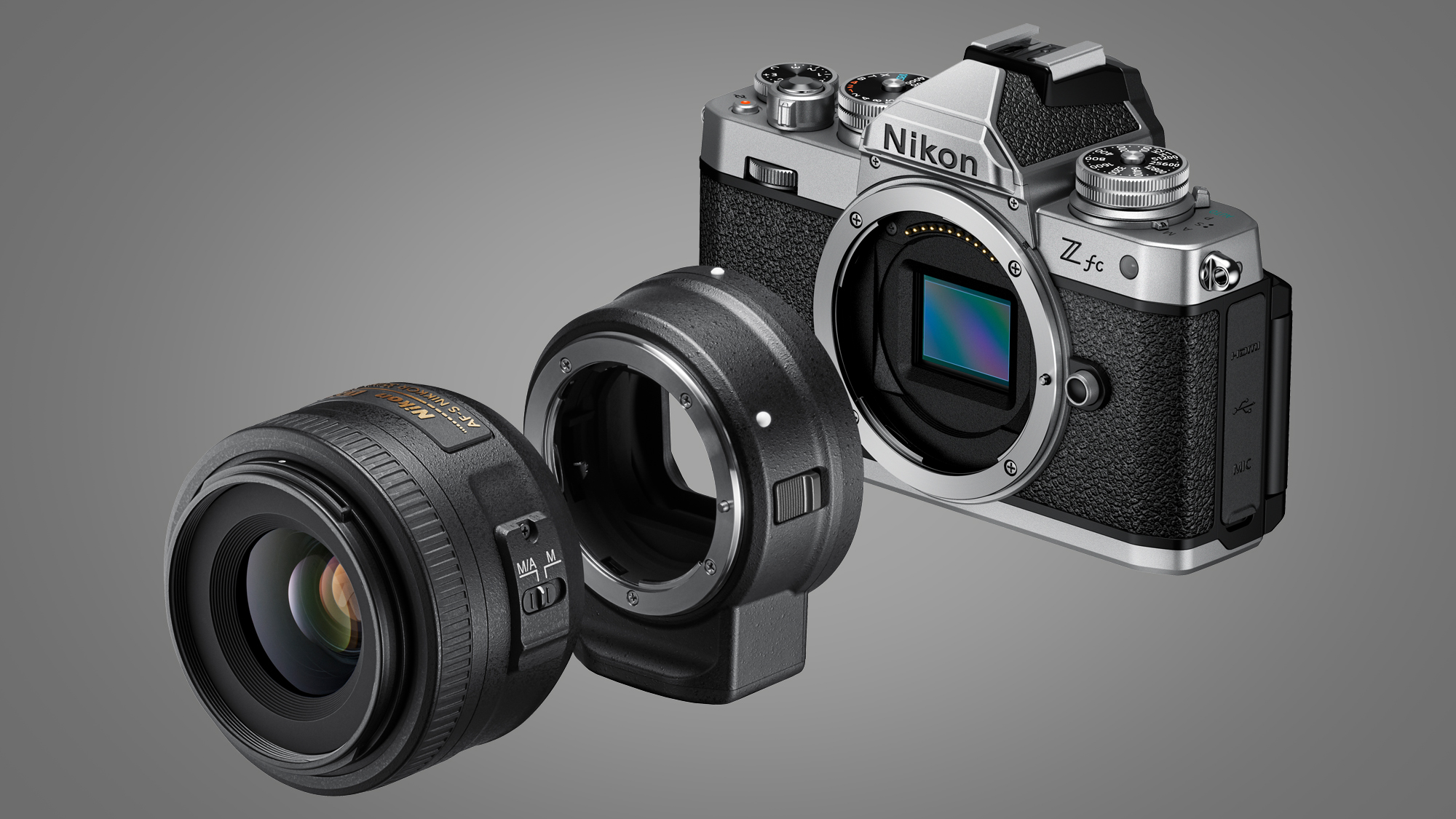
We're expecting Nikon to flesh out its range following the arrival of the Nikon Zfc, with rumors predicting the arrival of a 35mm f/1.8 prime at some point, but it does remain a point of weakness compared to the likes of Fujifilm's X series, which offers a much wider array of native glass and similar retro charm.
Still, if you do have older Nikon F-mount lenses that you're looking to use with a newer mirrorless body, then the Zfc could fit the bill nicely – particularly as it has a retro design to match.
- Check out our guide to the best Nikon cameras
from TechRadar - All the latest technology news https://ift.tt/3AbCoi4
Aucun commentaire: